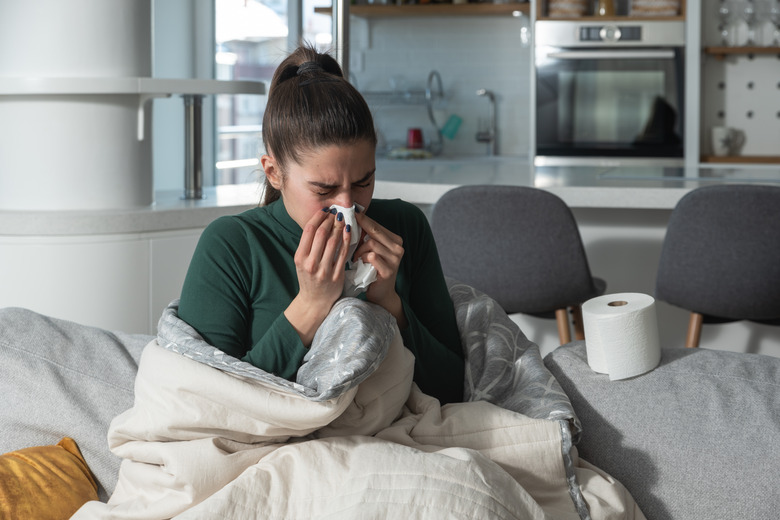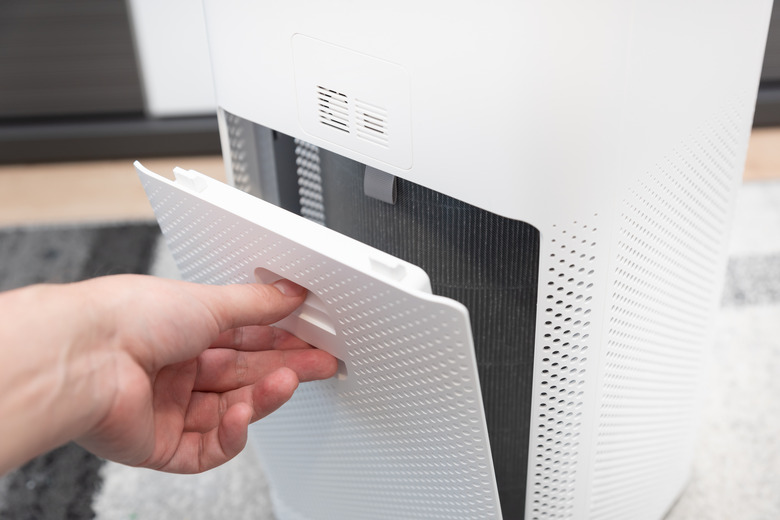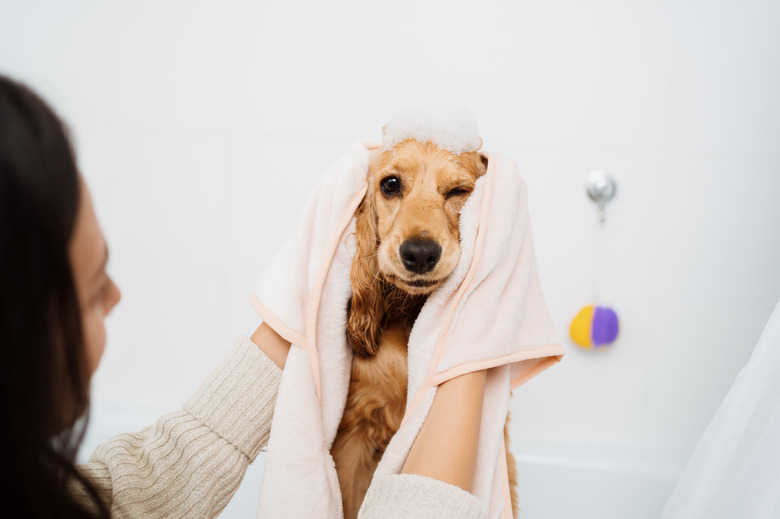How To Reduce Allergens In A Home With Pets
You noticed that you've been sneezing a lot lately. Or, perhaps your eyes have been watery or you've had trouble breathing. The problem could be that there are allergens in your home that you're not aware of, and they're causing you issues with your health. Thankfully, there are steps you can take to effectively reduce the allergens in your home and treat your symptoms. If your allergies are becoming more noticeable, here's what to do.
Dust-mite-proof your belongings
Dust-mite-proof your
belongings
If you're allergic to dust mites, then place your mattresses, box springs, and pillows in dust-mite-proof covers. You'll also need to dust more often than other people. Dust around your home, including ceiling fans, ceilings, baseboards, and door frames once every one to two weeks to prevent dust from building up.
Use a HEPA filter
Use a HEPA filter
HEPA means "high-efficiency particulate air," and a HEPA filter is a mechanical air filter that forces air to go through a fine mesh. It then traps allergens like dust mites, pollen, and pet dander, so that you won't suffer as much from your allergies while you're at home. When shopping for a vacuum, look for one with a HEPA filter.
Try a dehumidifier
Try a dehumidifier
A dehumidifier dries out your air and helps fight off allergens like mildew, mold growth, and dust mites. You know you need a dehumidifier if there is rotting wood in your home, and you see condensation on your windows, rooms feel stuffy, there are musty smells, and you see wet stains on your ceilings and walls. Depending on the size of your room, you'll need either a small-capacity or large-capacity dehumidifier. You can also have one built into your home's HVAC system, but that will cost you more money.
Clean your air conditioners
Clean your air conditioners
Air conditioners are known sources of allergens. If your A/C is on, you may be breathing in pollen, pet dander, mold, and dust mites. To combat these allergens, you'll need to keep your A/C system as clean as possible. Make sure that your air conditioner contains filters — the three kinds you'll find are pleated air filters, electrostatic filters, and HEPA filters. Check your filter once a month, and replace it roughly every 30 to 60 days to ensure that you're not breathing in allergens. Also, hire a technician to clean out your ducts every three to five years, and remove debris and dirt that have collected around your units.
Eliminate pet dander
Eliminate pet dander
While you love your pets dearly, they could be causing you to experience symptoms of allergies because of pet dander, which are skin cells that animals shed. To reduce and eliminate pet dander in your home, throw machine-washable items like your dog or cat's bed (or the cover for the bed), their clothes, and their toys into your washing machine. Do not sleep with your pet, because they could bring dander into your bed. Vacuum your home regularly, especially the places where your pet likes to hang out. You can also use a lint roller on certain items, including your clothing.
If you have carpeting, then pet dander will collect in it. You could consider replacing your carpeting with hardwood floors to address this problem. Also, declutter your home so that pet dander didn't stick on everything, and if someone in your house is especially allergic to pet dander, make sure your pet doesn't go into their private spaces, such as their room. You could also bathe your pet weekly with an appropriate pet shampoo and brush their hair on a regular basis.
In summary
In summary
If you're experiencing symptoms of allergies, then taking these steps should help reduce the allergens in your home or perhaps even get rid of them altogether. Then, you and your pet can be happy, healthy, and comfortable in your home and not have to worry about flare-ups.


